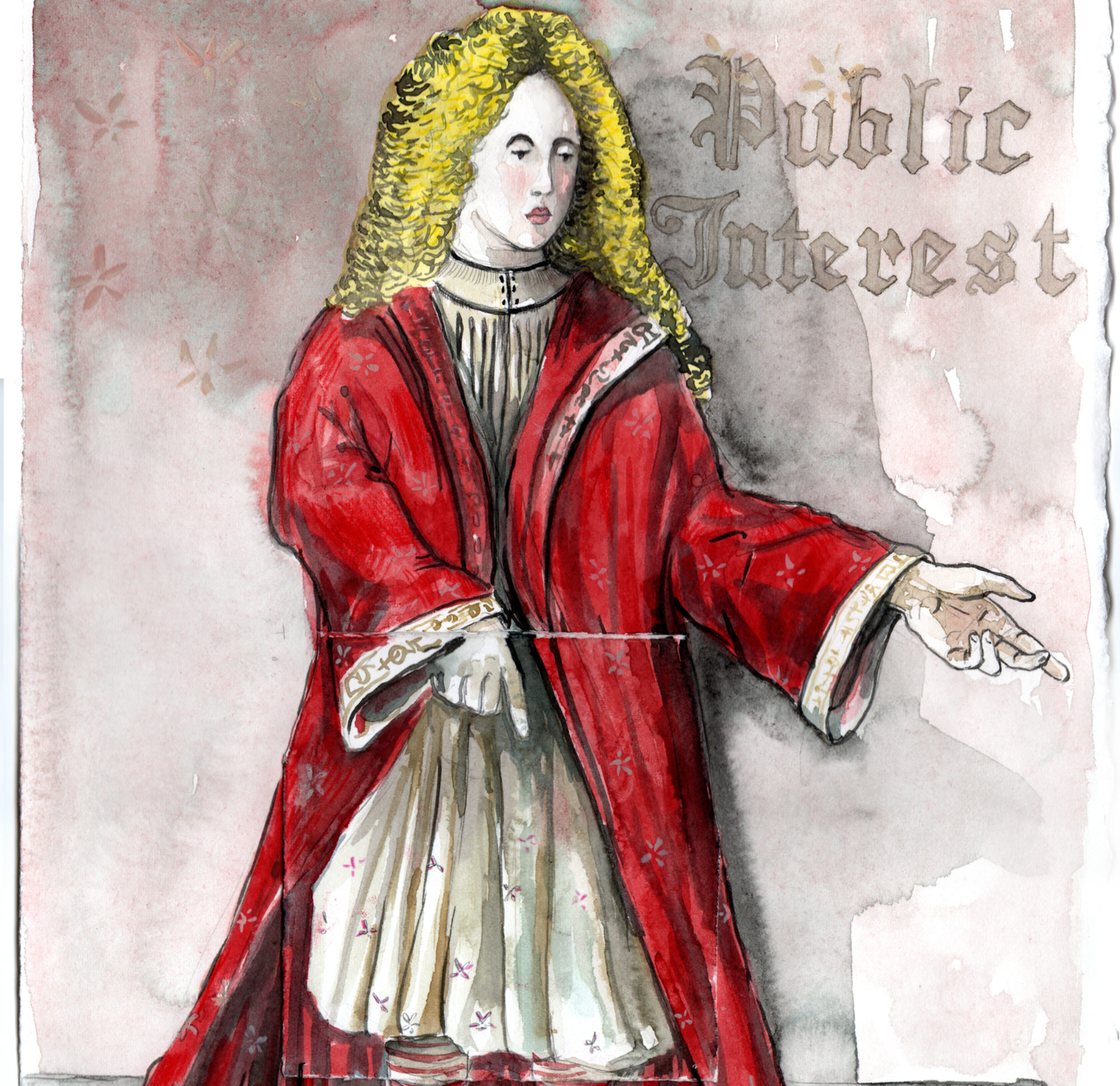A bisexual friend explained to me once the gender and sexuality spectrum. At the opposite ends lie male and female, homosexual and heterosexual, and there are a whole range of combinations in between. She told me that most people lie somewhere closer to the middle. Surprise! Surprised?
Most societies have norms and cultural practices that discourage the expression of tendencies that stray from the straight path (pun obviously intended). It is just easier to order the world in neat boxes. Shades of grey are trickier, more complicated to make sense of.
The answers, for those of us willing to explore, lie in science – social science, or the “soft” sciences as the critics like to say. It is shocking to me that the fact that gender is a social construct is apparently debatable. Equally outrageous are refusals to admit that gender characteristics, attributes and stereotypes are the product of socialization.
There are sociological explanations for why female children generally like dolls, and male children planes or cars. The explanation for why boys don’t cry, for example, is to be found not in their genetic code, but their sociological makeup. Likewise, it is not inherent in females to be generally more caring and loving than their male counterparts. This is the expectation society imposes on them and enforces through a system of reward and punishment.
Religion, tradition, cultural norms and moral values often times work against the free growth and expression of a variety of human tendencies. Even the more liberal societies impose restrictions on who we can and cannot be. It is interesting to see how different cultures set the standard for acceptable behaviour, and exactly how much deviance is allowed.
For example, we accept the hijra for someone who lies on the gender spectrum where we cannot place per (the preferred pronoun over him/her; stands for person). But we have assigned to the hijra a specific role – performer for our benefit. This is acceptance without respect; perhaps tolerance, but without understanding.
Let us have a dialogue, or monologue, on what it means to be female, male, some combination of both, neither, other. Let us debate what is innate versus that which is acquired. Let us then challenge generalizations and celebrate the uniqueness that defines the human experience. Let us break away from social constructs that split us into black or white, and embrace the rainbow colours of being.

